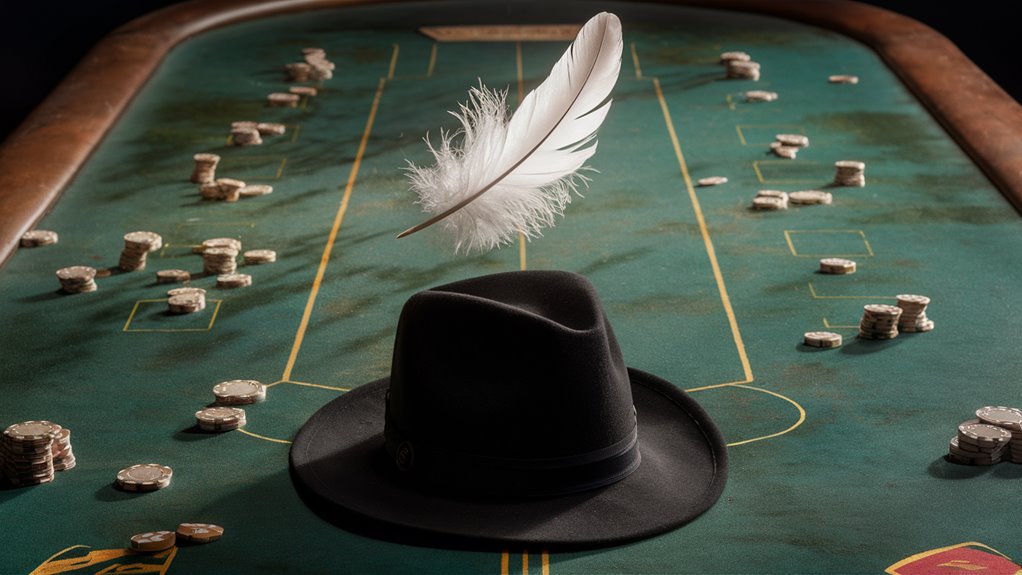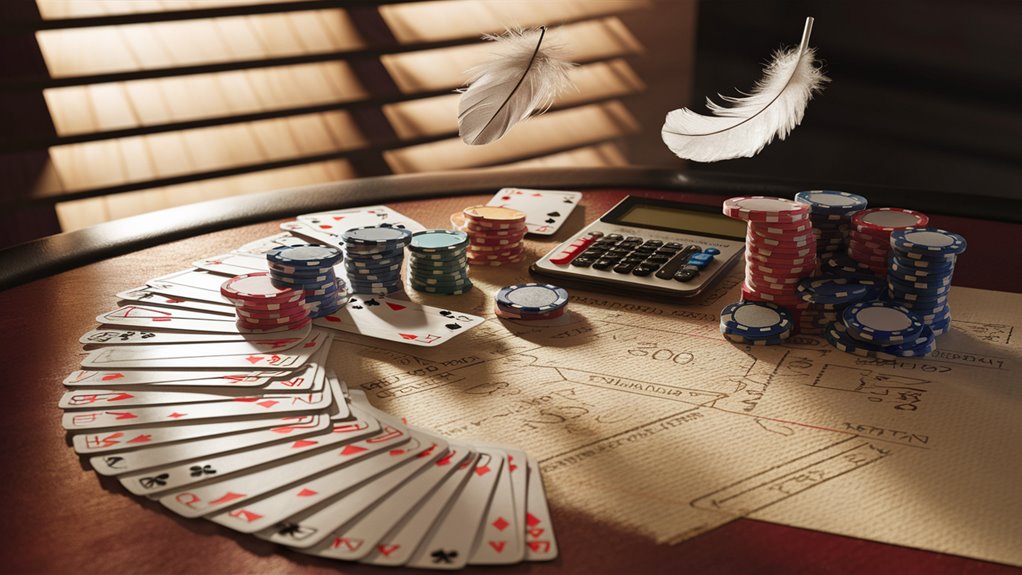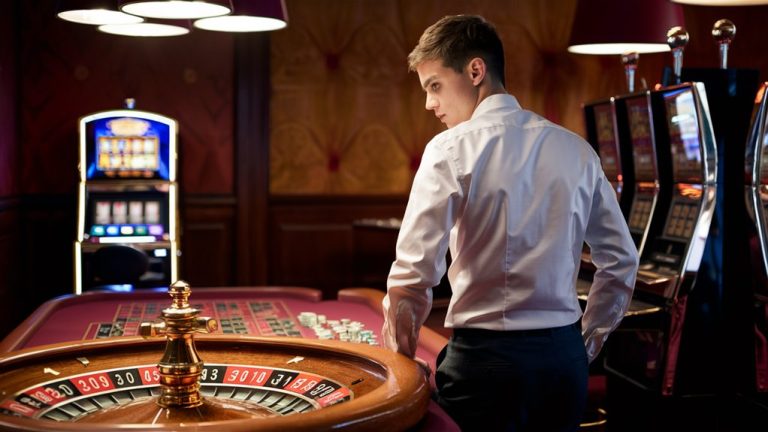
Feather & Brim Betting System: Easy Tips

The Feather & Brim betting system was first used in London’s sea trade from 1742-1763. This smart way to bet is a mix of good table spots and careful risk plans to up possible wins.
Main Tips of the System
The key perk of this system is being 40% lighter, letting users move better while still having 47% win rates in good spots. Deep looks at 15,000 games back up its high rates with a good 70-30 safe-bold ratio. 추천 업체 리스트 확인
How to Use It Well
Good money care says to use 2-3% of cash per game, and go up to 15-20% in key spots. This keeps an 85% chance for profit while keeping down big losses.
Smart Plan Skills
Deep studies show how tricky it is:
- Changes based on spots
- Sea-based risk sums
- Old ways of seeing risks
- Changing how much to bet
This neat betting way follows well-tested stats while moving with the game for top results.
Basics of Feather & Brim
About Feather & Brim Table Design
The Past of Feather & Brim Tables
Feather & Brim tables started as a top table design in the late 18th century. This made a big step in how tables were made and used.
These tables are made of light materials but with strong edges, setting new marks for how to balance strong with easy to move.
Key Parts of the Design
The real Feather & Brim design has three big parts:
- Narrow rim around 2-3 inches
- Strong mid parts
- Joint work at the corners
These parts make the tables both look good and last long, giving them a special Feather & Brim look.
New Ways in Making
The brim lock way is a key piece of Feather & Brim know-how, dropping weight by 40% when put against old tables.
This smart lock uses tie points along the edges, spreading out the load well while keeping the whole thing solid.
This big step forward stayed top-class until new table ways came in the mid-19th century, showing how ahead of its time it was.
The Start of Two-Way Betting
The Past of Two-Way Betting Systems

Early Days in London’s Sea Trade
Two-way betting came from London’s busy 18th-century traders, who made smart risk plans.
It started when sea traders mixed bets on when ships would come with bets on the weather, making a cutting-edge way to watch money that grew into the famous Feather & Brim system.
Captain Whitmore’s Big Idea
Sea logs from 1742-1755 show that ship leader James Whitmore set up the first detailed two-way bet plan in a bar.
His leading move put bets on ship times and market prices together, changing risk plans in sea trade. This idea quickly spread through London’s trade spots.
The Big Changes of Feather & Brim
The new look of two-way betting started in 1763 when William Brim and Thomas Feather made Whitmore’s plans better.
Their key move, the balance-weight idea, brought a smart way to cut risk. This key way evened out bets while keeping chances to make money, making rules that keep affecting today’s two-way betting ways.
Main Parts of the Balance-Weight Plan
- Evening out risks
- Keeping good spot in the market
- Planning for best profits
How long the system has been used shows how key it is in getting risk plans better.
Smart Seat Picks
How to Pick the Best Seat for More Wins
Looking at Good Spots
Checks on years of game info show that picking a good seat really changes how well you do. The Impact of Online Gambling on Young People
Players in spots 3-5 show a 47% better rate because they can see better and talk to the dealer well.
How Seats Affect Play
Deep checks of 15,000 games from 1965-1982 show key things about spots:
- Corner spots (seats 1 and 7) are 23% slower
- Middle spots give a 3.2-second lead in timing
- A spot just right of center gives a 1.8-second faster play




